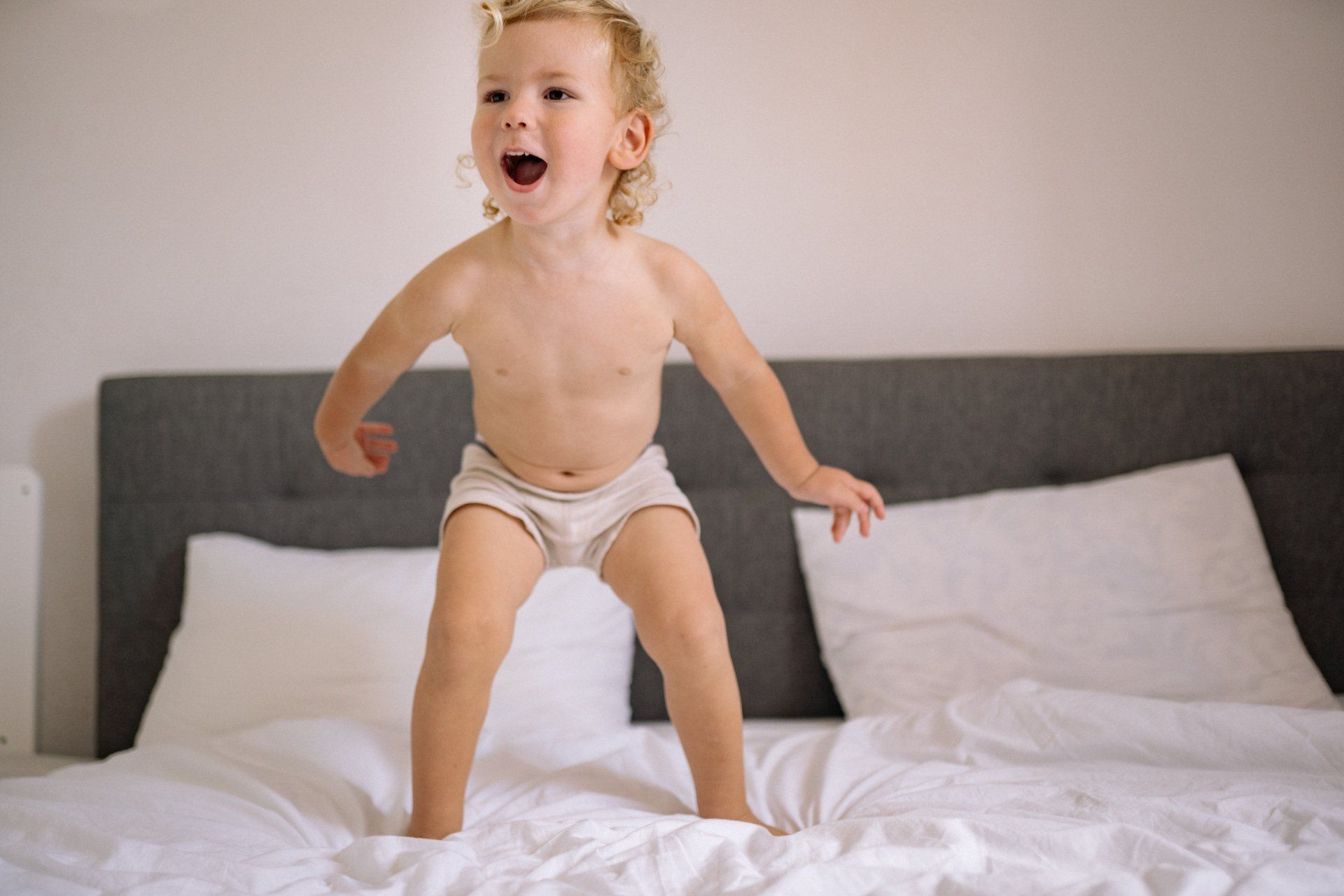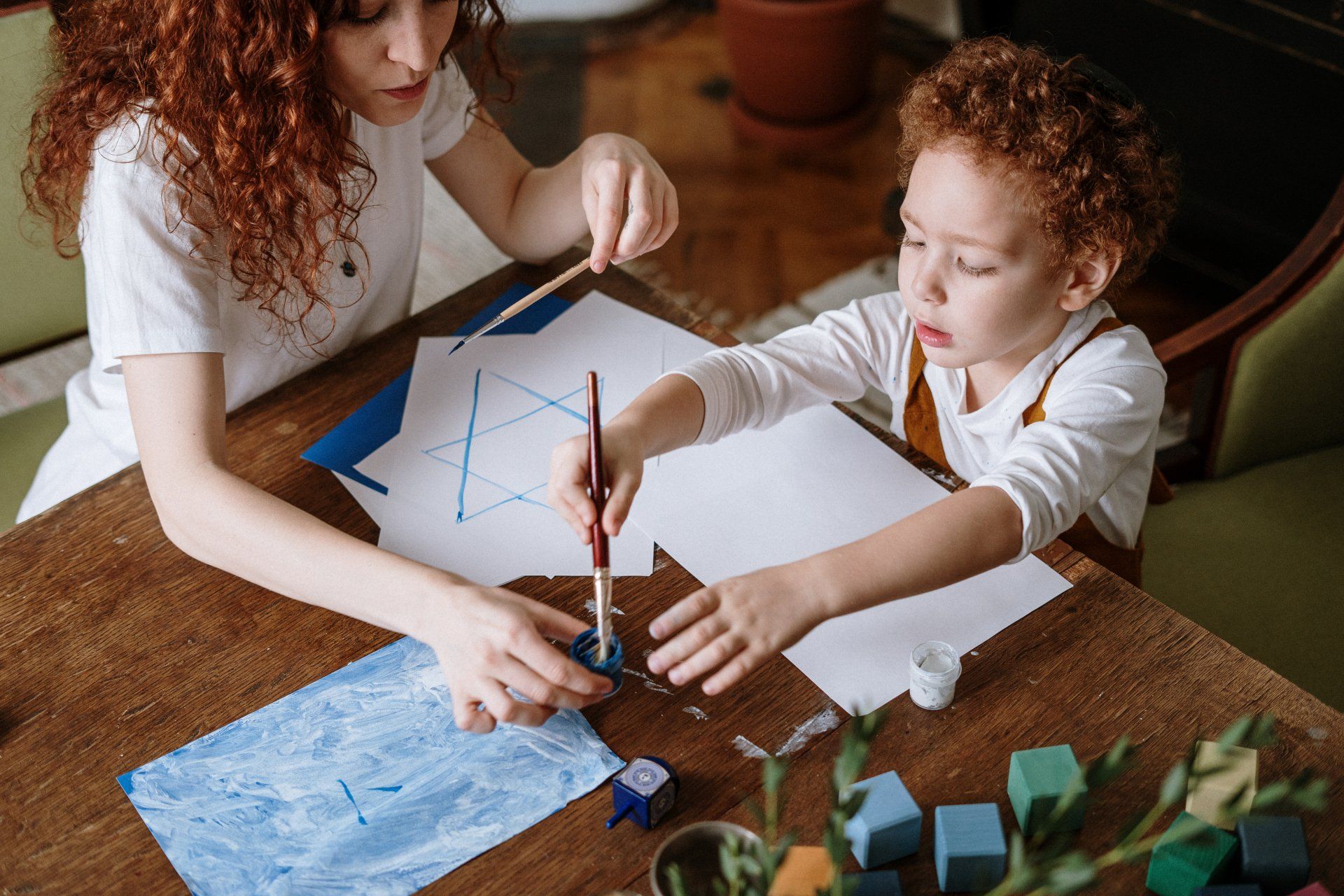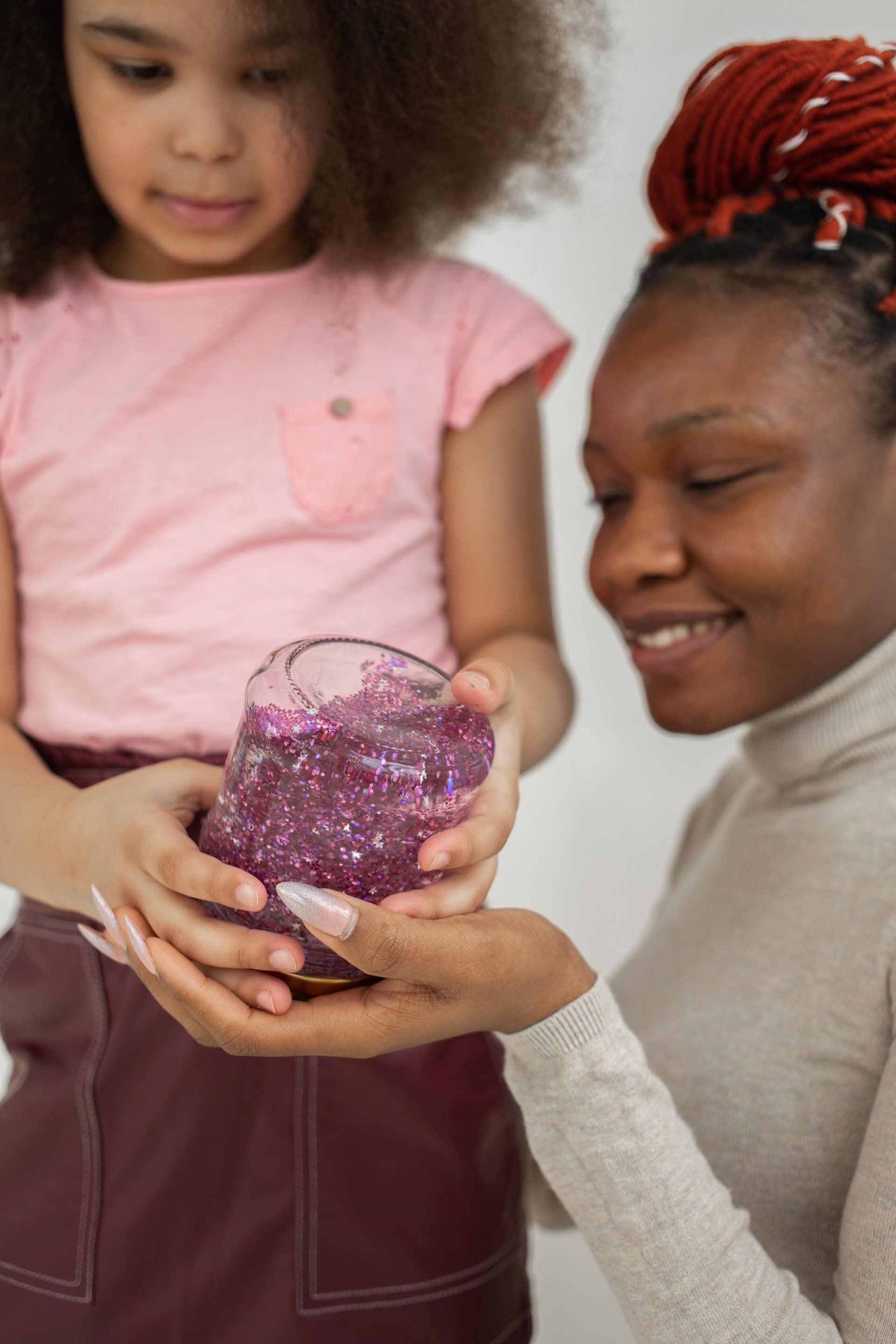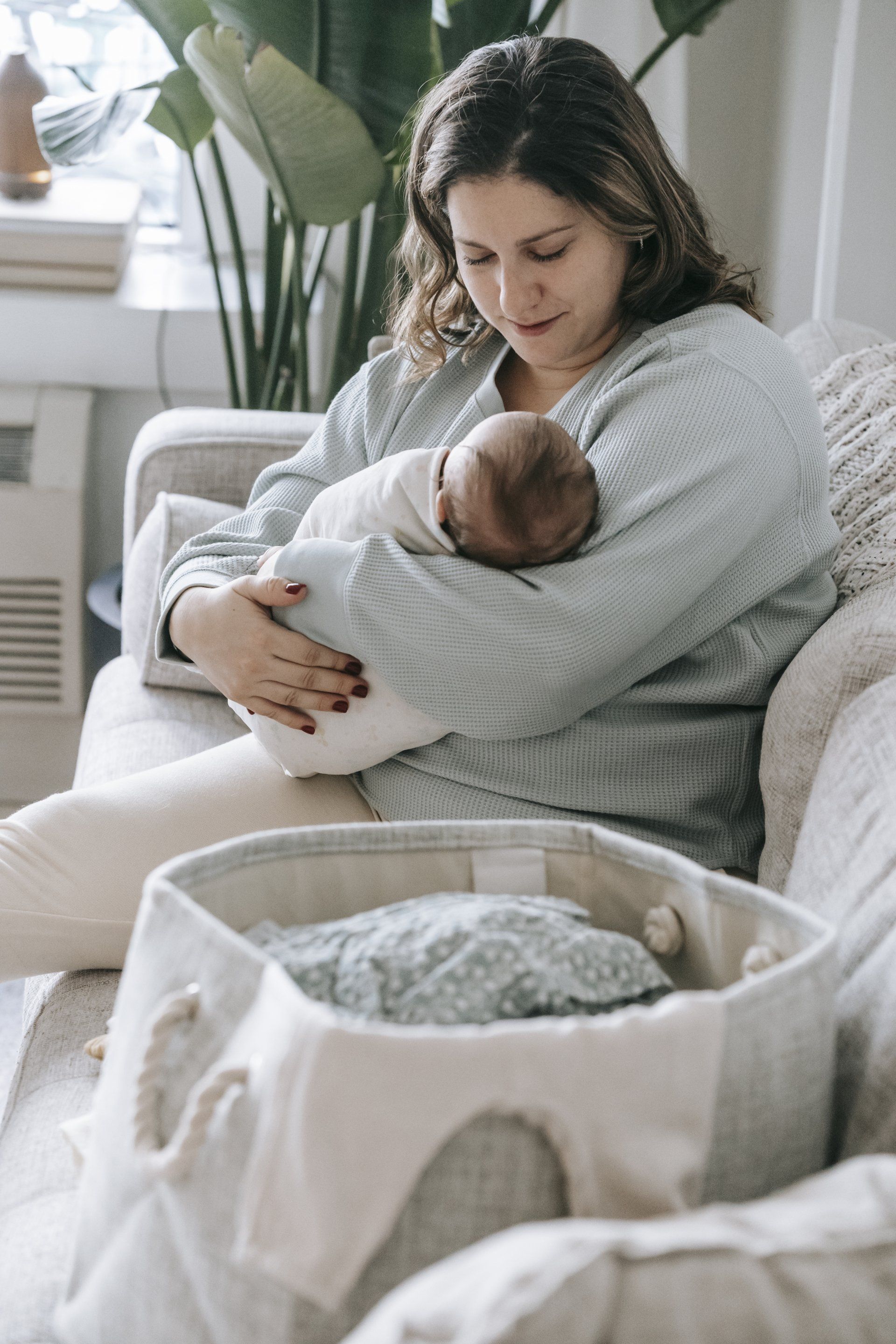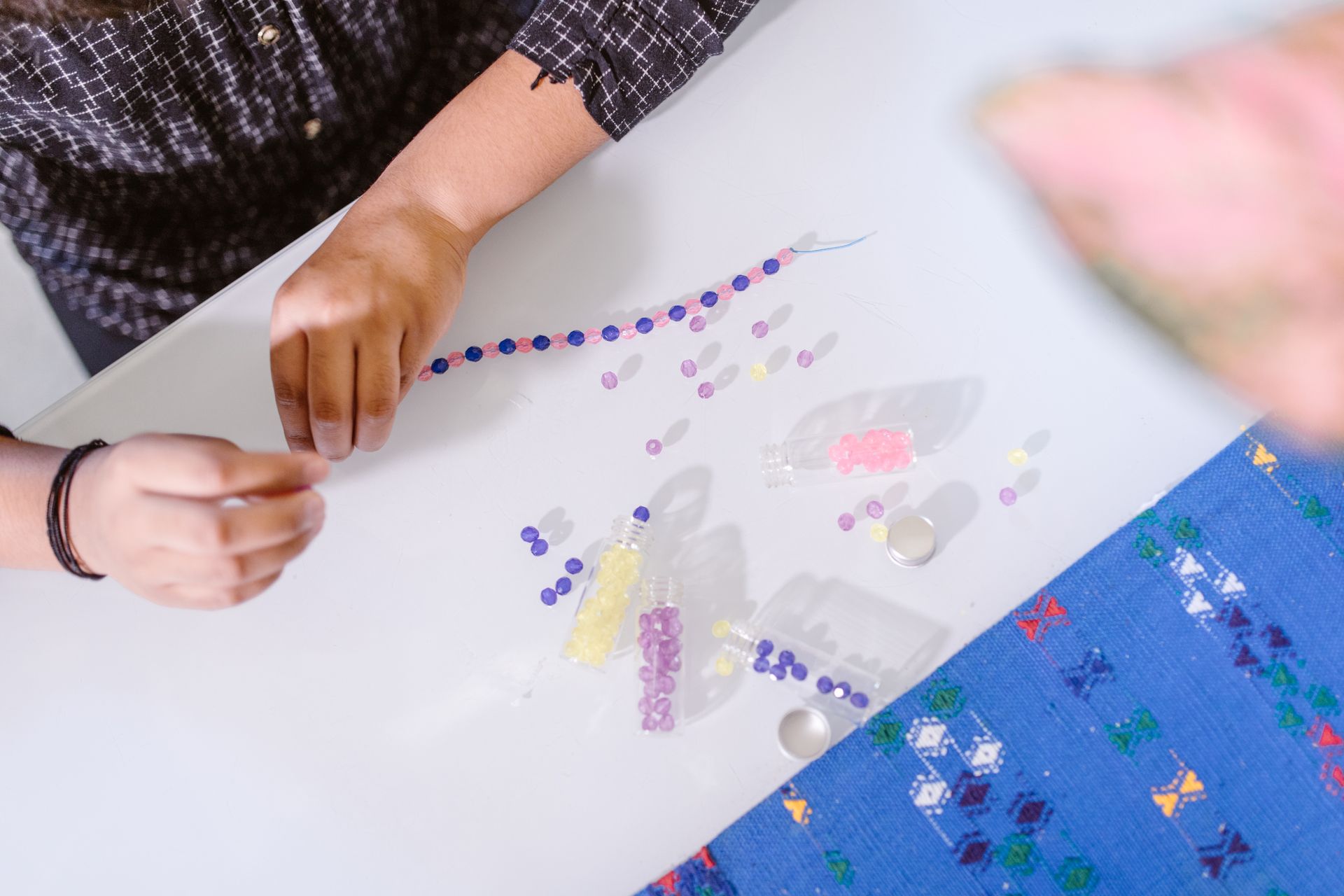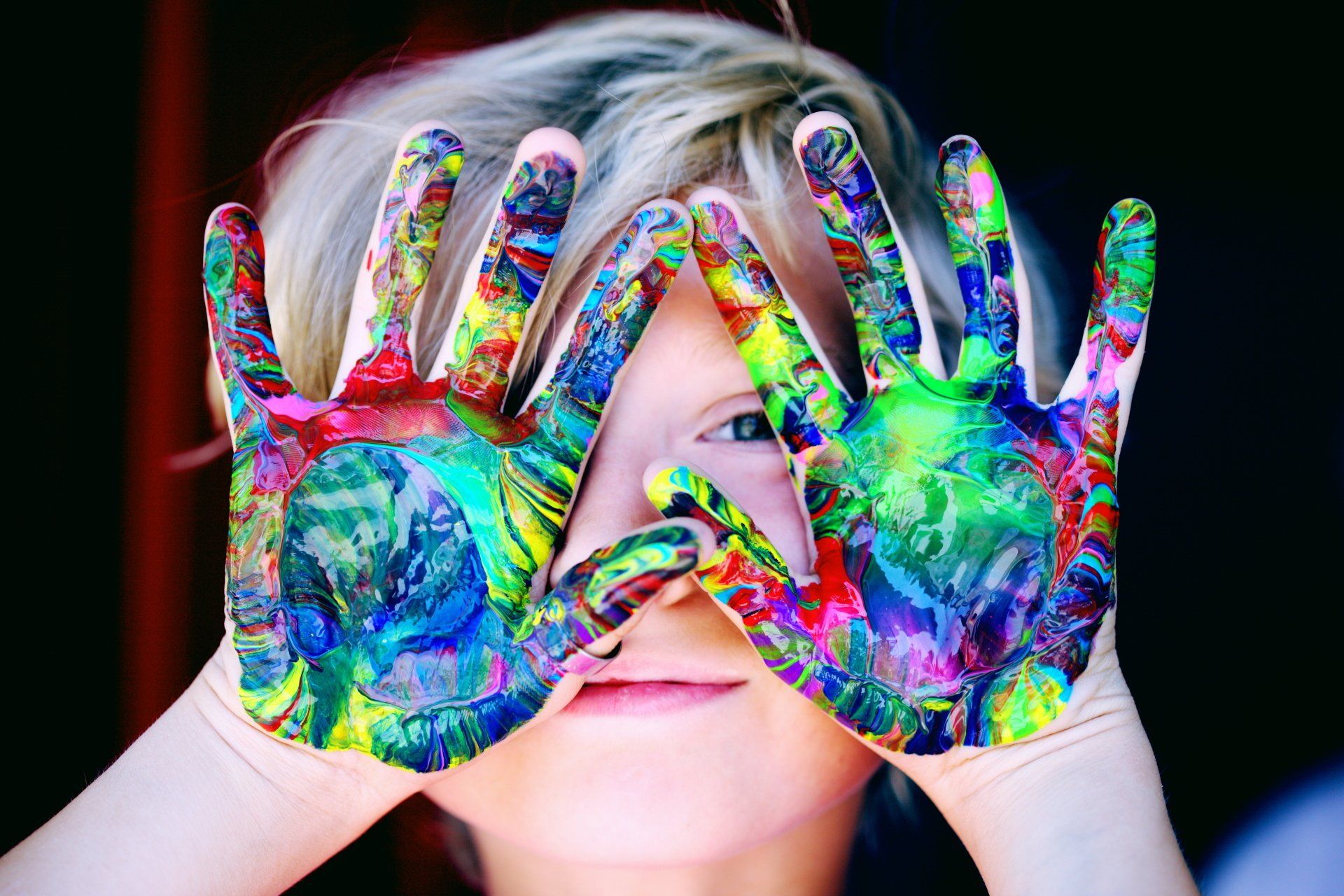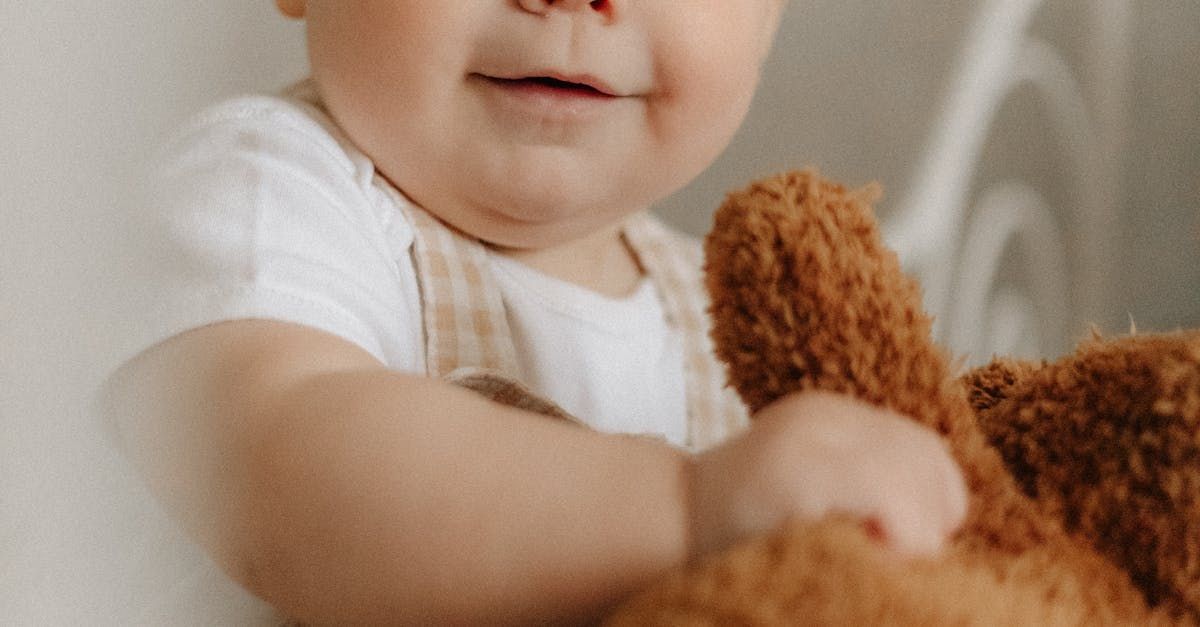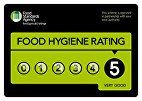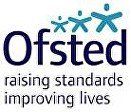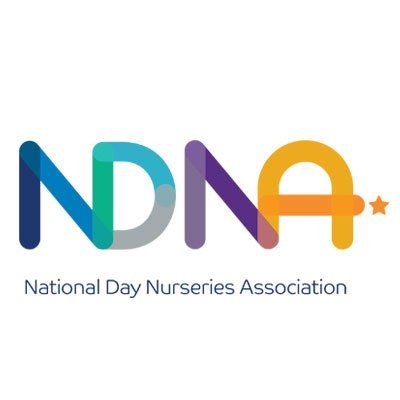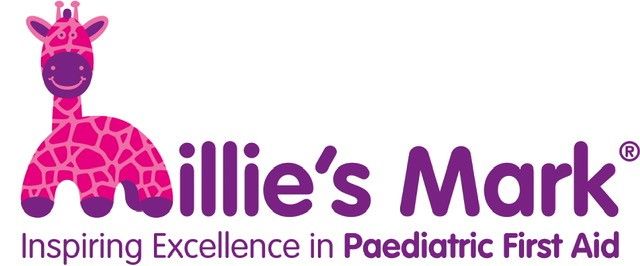Engaging Art Therapy Activities for Young Children (Ages 0-5)
Engaging Art Therapy Activities for Young Children (Ages 0-5)
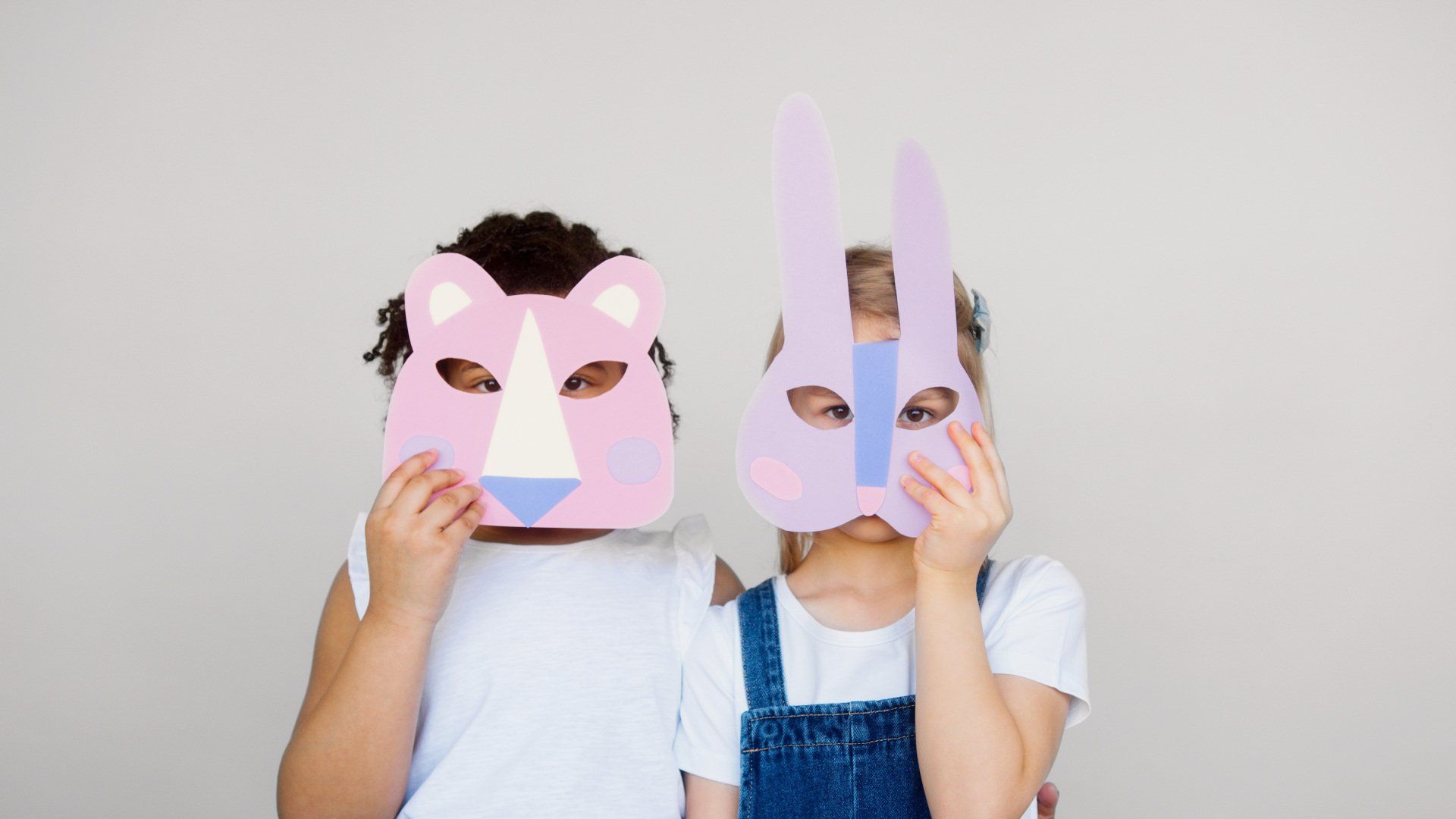
Art therapy is a powerful tool that aids in the emotional and mental development of young children. By engaging in creative activities, children can express feelings and thoughts that they may not yet have the words to articulate. This blog explores the numerous benefits of art therapy for children aged 0-5, providing parents and educators with practical, therapeutic activities that can easily be integrated into daily routines.
Understanding Art Therapy for Young Children
Art therapy is a form of expressive therapy that uses the creative process of making art to improve a person's physical, mental, and emotional well-being. For young children, this means using colours, shapes, and various art materials to communicate and process their emotions.
Benefits of Art Therapy for Ages 0-5:
- Emotional Expression: Art provides a non-verbal outlet for children to express complex emotions.
- Cognitive Development: Engaging in art activities stimulates brain development and enhances problem-solving skills.
- Motor Skills: Activities like drawing, painting, and sculpting improve fine motor skills and hand-eye coordination.
- Self-Esteem: Completing art projects gives children a sense of accomplishment and boosts their confidence.
Unlike regular art activities, art therapy focuses on the therapeutic aspects of the creative process. While traditional art projects emphasise the final product, art therapy values the process itself and the emotional expression it facilitates. Parents and educators can integrate these principles into everyday activities to support children's emotional and developmental needs.
Using Art to Express Emotions
Art is a unique medium through which children can express their feelings, especially when words are insufficient. Young children, particularly those under five, often struggle to articulate their emotions verbally. Art allows them to explore and express these feelings in a safe and constructive way.
How Art Helps with Emotional Expression:
- Colour Choices: Different colours can represent different emotions. For instance, children might use dark colours to express sadness or bright colours to show happiness.
- Shapes and Lines: The way children draw shapes and lines can indicate their feelings. Aggressive strokes might indicate anger, while gentle curves can show calmness.
- Material Use: Different materials can evoke various sensory responses. Soft materials like clay can be soothing, while rough textures might help release frustration.
Tips for Encouraging Emotional Expression:
- Create a Safe Space: Ensure the environment is free from judgment and allows children to express themselves freely.
- Offer a Variety of Materials: Provide access to different art supplies like crayons, markers, clay, and paint.
- Prompt Storytelling: Encourage children to tell a story about their artwork. Ask questions like, "Can you tell me about your drawing?" or "What do the colours mean?"
Simple Art Projects with Therapeutic Benefits
Here are three art projects that not only engage young children but also offer significant therapeutic benefits:
Project 1: Finger Painting for Sensory Exploration
- Materials Needed: Non-toxic finger paints, large sheets of paper, old newspapers to cover the work area
- Instructions: Lay out the paper and let children use their fingers to paint. Encourage them to explore different colours and create shapes or patterns. Allow them to mix colours and feel the textures.
- Therapeutic Benefits: Enhances sensory awareness, improves fine motor skills, and provides a calming, tactile experience. It also helps children become comfortable with messy play, which can be very liberating.
Project 2: Clay Modelling for Fine Motor Skills
- Materials Needed: Non-toxic clay or play-dough, plastic tools for shaping
- Instructions: Give children pieces of clay to mold into different shapes. Guide them to create simple objects like animals, food items, or abstract forms. Encourage them to describe what they are making and why.
- Therapeutic Benefits: Strengthens fine motor skills, encourages creativity, and allows children to express their thoughts and ideas through tactile exploration. The process of moulding and reshaping clay can be very therapeutic and soothing.
Project 3: Collage Making for Creative Expression
- Materials Needed: Old magazines, child-safe scissors, glue, large sheets of paper, optional decorations like stickers or glitter
- Instructions: Have children cut out pictures and words from magazines and glue them onto the paper to create a collage. They can make a themed collage (like animals, nature, or family) or an abstract one. Encourage them to explain their choices.
- Therapeutic Benefits: Encourages creative thinking, enhances hand-eye coordination, and provides a structured way to express feelings and ideas. Collage-making also helps children make connections between different elements, fostering cognitive development.
Integrating Art Therapy into Daily Routine
Incorporating art therapy into daily routines can be both simple and beneficial. Creating an art-friendly environment at home or in the classroom can encourage regular engagement with art activities.
Suggestions for Integrating Art Therapy:
- Dedicated Art Space: Set up a corner with easily accessible art supplies. Ensure it's a space where children feel free to create without worrying about making a mess.
- Daily Art Time: Incorporate a regular time for art activities into your routine. This could be a morning drawing session or an afternoon craft time.
- Art and Emotion Charts: Use art to discuss daily emotions. Have a chart where children can draw their feelings each day. This can help them articulate their emotions and understand them better.
- **Art in Storytelling**: Use drawing or painting to complement storytelling. Children can illustrate parts of the stories they hear or create their own storybooks.
Creating an environment that fosters creativity and emotional expression can have long-lasting benefits for children. Encouraging them to engage with art regularly helps integrate these practices into their lives, promoting ongoing emotional and cognitive development.
Conclusion
Art therapy offers a unique and effective way to support the emotional and developmental needs of young children. By incorporating simple art activities into daily routines, parents and educators can help children express their emotions, enhance their creativity, and improve their overall well-being. These activities provide a valuable outlet for self-expression and can significantly impact a child's development positively. So, gather some art supplies and start exploring the world of art therapy with your little ones today!
FAQ
What is art therapy and how does it help young children?
Art therapy uses creative activities to help children express emotions, develop motor skills, and enhance cognitive abilities. It provides a non-verbal outlet for feelings and supports emotional regulation.
How can I encourage my child to engage in art therapy activities?
Create a safe and welcoming environment for art, offer a variety of materials, and participate in activities with your child. Encourage them to express themselves freely without fear of judgment.
What materials are best for art therapy with children aged 0-5?
Non-toxic finger paints, clay, play-dough, large sheets of paper, old magazines, child-safe scissors, and glue are excellent materials for young children.
How often should art therapy activities be done?
Incorporating art therapy activities into daily or weekly routines can be beneficial. The frequency depends on the child's interest and the goals of the activities.


